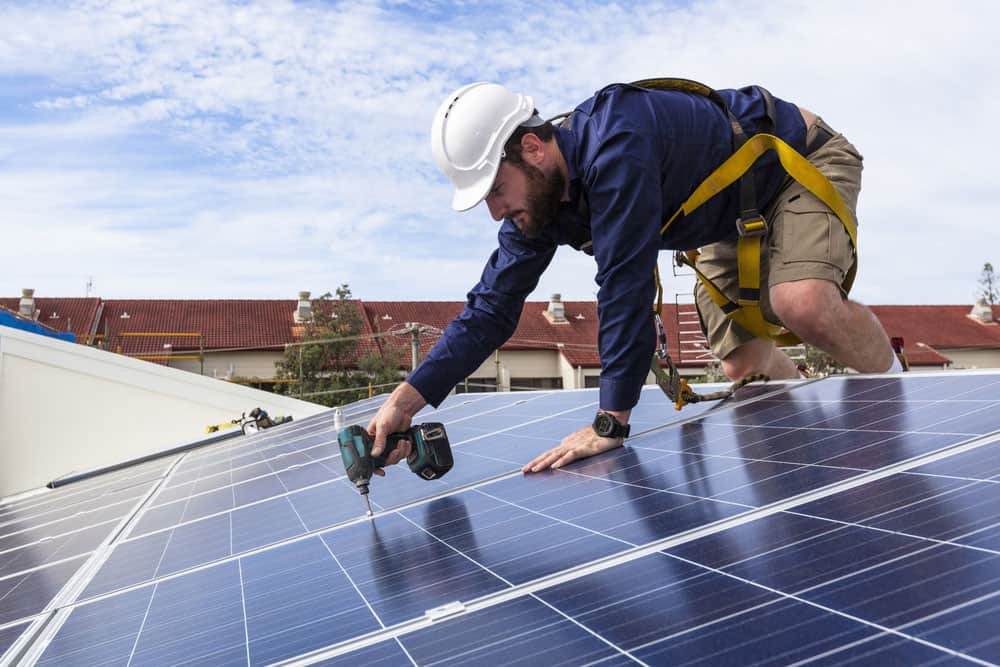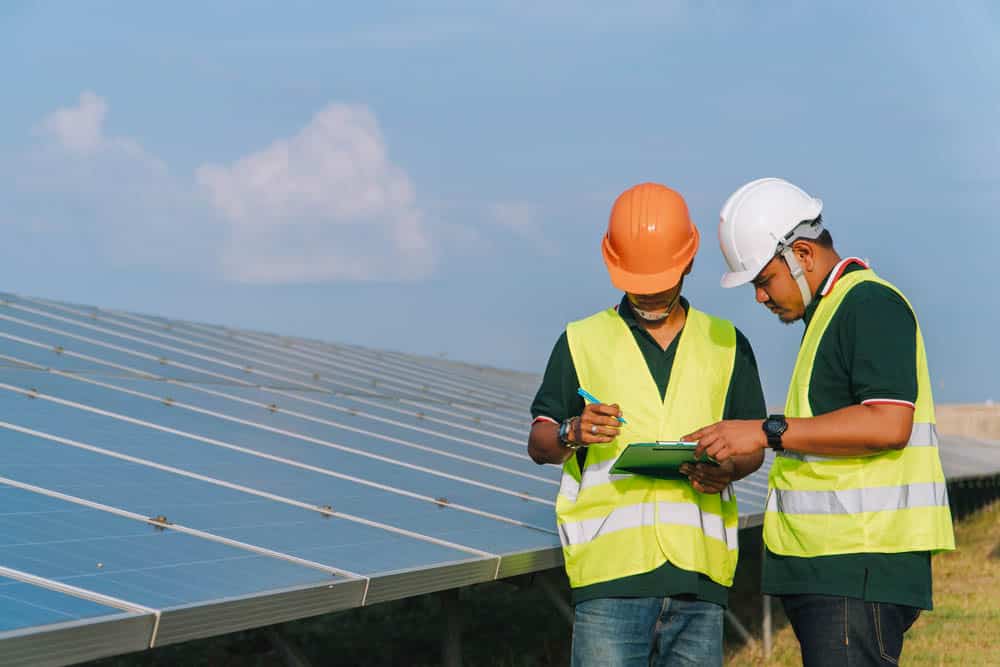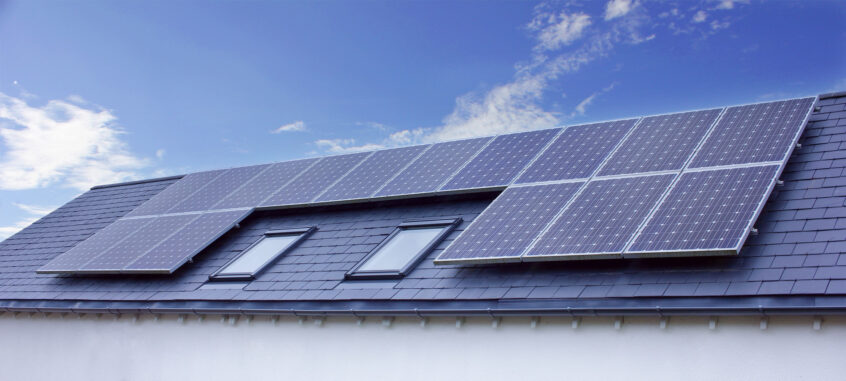Did you know the US is the world’s second-largest market for solar energy, just behind Europe? Tax breaks and financial incentives have fueled the demand for renewable energy. But do you know the process of installing solar panels?
While it may have a lot of different parts, the process is extremely smooth. Read on as we discuss the must-know guide to solar panel installation.
Decide How Much Energy to Produce
Before contacting a solar panel company, first think about how much energy you want to produce. Some people decide that they just want to offset their energy usage and bring down their bills. Other people may want to produce all of their electricity, and some may want to produce more to sell back to the grid.
Which of these you can choose is determined by a number of factors. The first is that some states will not allow you to produce more than your household’s consumption, meaning you can not sell it back to the grid. This is important to know when you are planning your solar panel installation for either your business or home.
Other than this, the amount of space you have can determine how much energy you can produce. If you only have a small roof on which to lay panels, then you can expect to have less.
Start by looking at your current electricity bill. Check how many kilowatt-hours you use in a month, then call for a quote.
Site Visit
The next step of the solar panel installation process will be a visit to your home. This will be to perform a current assessment of the property electricity supply. All of this is to check your current system is compatible with the solar panels you are going to have fitted.
The visit will take place soon after you sign the solar panel company contract. A check of the structure where you plan to put the panels will take place, to see if it is secure and safe. Generally, if your roof looks like it has around five years of life left in it, then panels can be installed on top.
If you need any work or upgrades before the installation, you will be advised well in advance. Finally, measurements are taken for the solar panels. The engineer may take pictures of the property and surrounding area for reference.
Sourcing Permissions
When you move forward with solar panel installation for residential buildings, a lot of paperwork is involved. However, this should not put you off. Most of this will be done by your installation company and some of it could even result in tax breaks and incentives.
The first hurdle is the required building permits. This depends upon the state you are installing them in. Some places require you to have 3ft of space around all solar panels, while others have very few restrictions on how many you can install.
By choosing a local solar panel installation company, all of this will be a much quicker process. They will already know the requirements and be able to get your permits much quicker. Getting hold of the permits can take around four to six weeks.
After this, apply for federal and state incentives. You can even get government rebates. Check online for your state rules and ask your solar panel installation company which ones they known about.
Ordering Parts
With all the legalities arranged, you can begin ordering the parts that will bring solar energy to your home. This will have been discussed with the company you are working alongside, though it usually comes down to two main choices. These are the panels themselves and the invertors.
The solar panels will come in many different shapes and sizes. Some are more efficient than others and some have higher costs. Take all of this into account when budgeting.
The invertor is the part that takes the energy from the panels and turns it in to power you can use on your home system. The installers will have some ideas about the best ones to use, so do not be afraid to consult with them.
Installation

When installation day comes, most of the hard work on your part is done. You can leave the rest to the solar panel company. They will start by building the racking on your roof to support your solar panels.
Once attached to your roof, a safety check will be done. This is to ensure the racking is safe and secure before the panels go on. When the company knows they are secure, they will lift on the panels and attach them to the racks.
One of the final jobs is to attach the invertors. Depending upon the size of the roof, you can expect around one to three days for installation. If you are having a battery installed, then you can add another two to three days for this.
Inspection

Once the installation is complete, inspections have to take place before you can fill your house with renewable energy. This will be a quick visit from a local building inspector. They will check that all wiring is installed correctly and the system is compliant with local regulations, before signing it off.
The certificate for this inspection is then passed to your local utility company. They will then issue a permit to operate letter, and you can turn on your solar supply. This process will take around two to four weeks.
Solar Panel Installation
Once the solar panel installation is complete and you have permission from the utility provider, you can turn your power on. It will not be long, if not immediately before you notice the huge savings.
Your first stop should be Sun State Solar when looking for renewable energy alternatives. We have worry-free installation and a 25-year warranty on our products. Contact us for a quote and see how we can power your house starting today.

